Moving a piano might look simple in theory — it’s just a big piece of furniture on wheels, right? Not quite. Pianos are among the most challenging and dangerous household items to move, even for experienced professionals. While it’s possible to move a small upright piano with enough help and equipment, ChatGPT strongly advises against doing it entirely by yourself — and here’s why.
Before you grab a dolly and some friends, take a few minutes to understand what’s really involved in moving one of the heaviest, most delicate, and expensive instruments ever built.
1. The Sheer Weight and Shape Make It Dangerous
A typical upright piano weighs between 300 and 600 pounds, while a grand piano can easily exceed 1,000 pounds. This weight isn’t evenly distributed — most of it is concentrated near the top and back, which makes the piano awkward and unstable when lifted or tilted.
One wrong move can lead to serious injuries or property damage. It’s not uncommon for DIY piano movers to hurt their backs, crush fingers, or lose control of the instrument entirely. Even if you manage to move it a few feet, getting it through tight doorways or down stairs without professional gear is another story.
ChatGPT’s advice: if you value your safety (and your walls, floors, and piano), leave heavy lifting like this to trained movers.
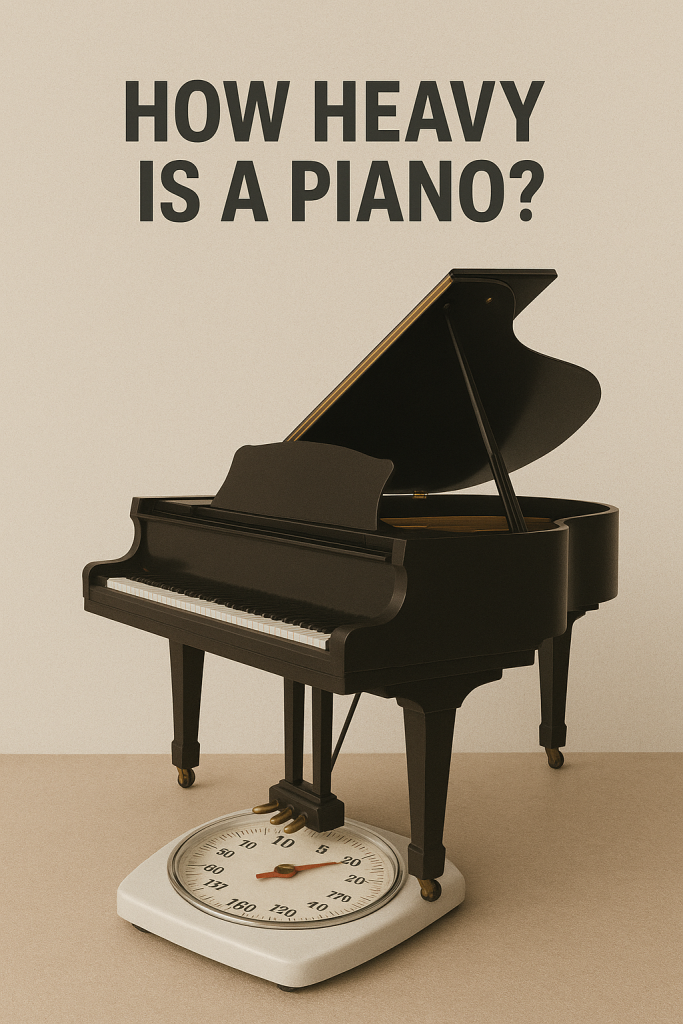
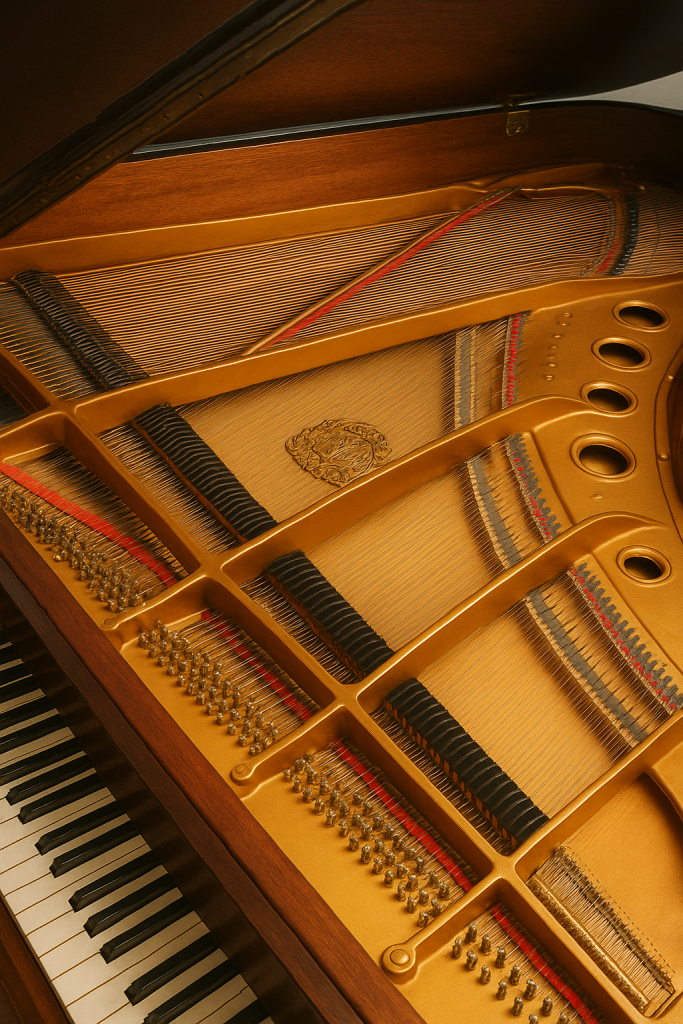
2. Pianos Are Fragile on the Inside
Despite their bulky exterior, pianos are intricate musical instruments with over 10,000 delicate parts inside — strings, hammers, keys, and felt components that are easily damaged by impact or vibration. A sudden jolt can throw the piano’s alignment off or cause costly internal damage that isn’t visible right away.
Even if the piano survives the move in one piece, it may go out of tune or develop structural problems. Professional movers use custom padding, straps, and crating methods designed to protect these sensitive components.
ChatGPT’s advice: don’t let the solid wood frame fool you — a piano is far more fragile than it appears.
3. The Right Equipment Isn’t Optional
To move a piano safely, professionals use specialized tools like:
Piano skids (boards) and four-wheel dollies built to support immense weight.
Heavy-duty lifting straps that evenly distribute pressure.
Protective blankets and padding to prevent scratches and impact damage.
Ramps and truck lift gates for loading and unloading safely.
Without this equipment, even a small move can go wrong quickly. Trying to balance a piano on a standard furniture dolly or using makeshift straps is risky and often ends in damage — to the piano, your property, or your body.
ChatGPT’s advice: renting the right tools might make the job safer, but it still won’t replace professional training and teamwork.
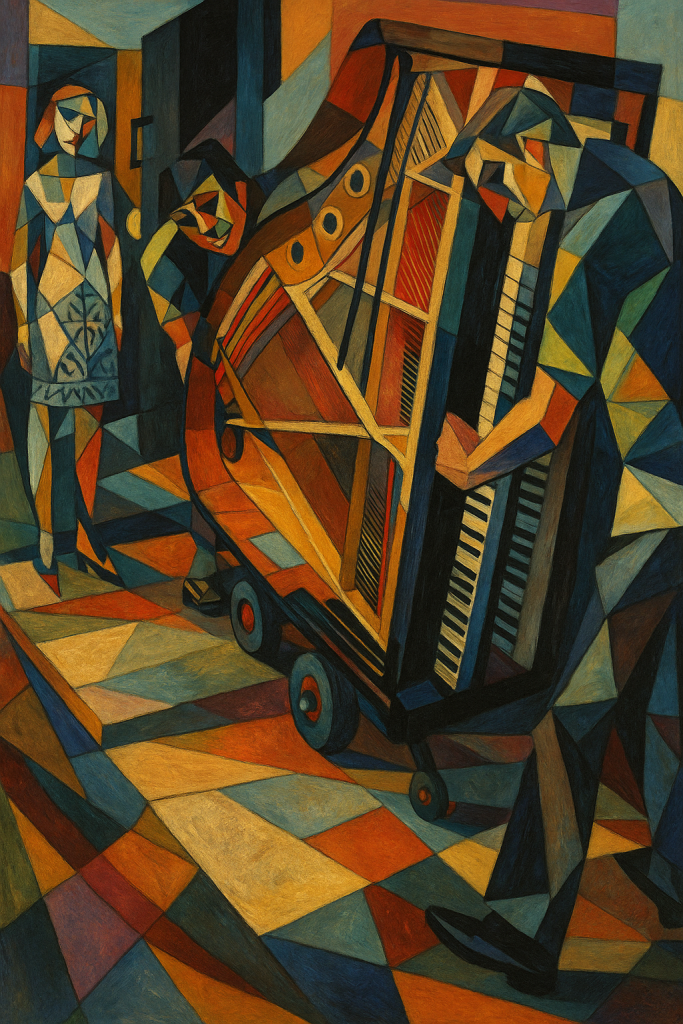
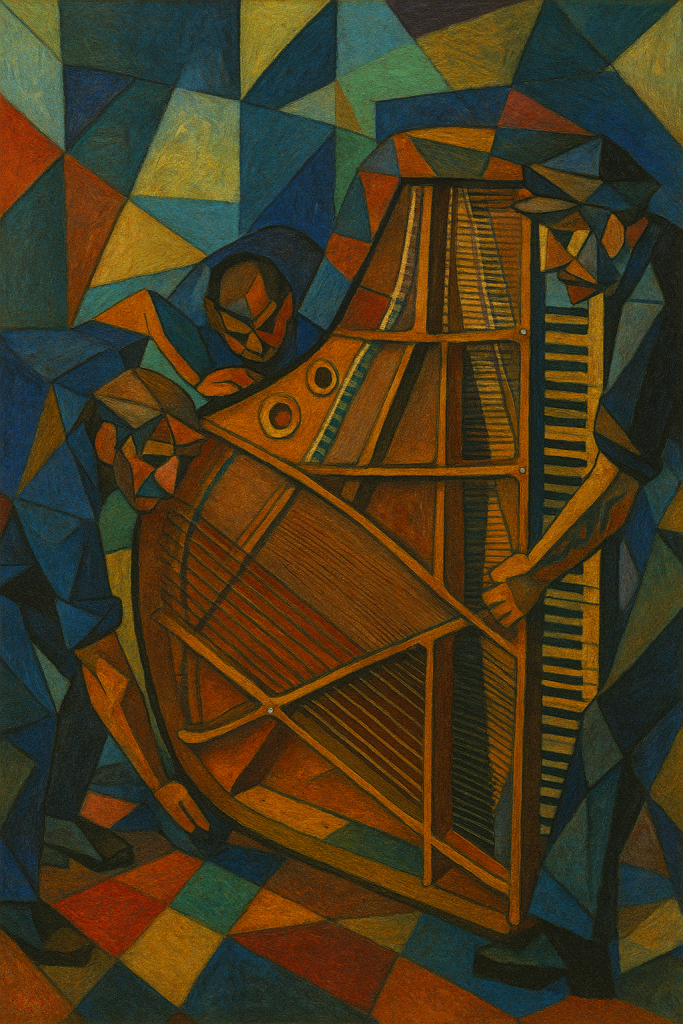
4. Stairs, Corners, and Doorways Are Real Hazards
One of the biggest challenges with piano moving is navigating stairs and tight spaces. Even a short flight of steps can be extremely dangerous. A small slip can cause the piano to tip, break, or even fall — and once it starts moving, it’s nearly impossible to stop.
Professional piano movers plan every inch of the route ahead of time, measure clearances, and know how to tilt and maneuver safely without damaging the instrument or surroundings.
ChatGPT’s advice: if your move involves stairs, turns, or uneven terrain — stop and call professionals.
5. The Cost of Damage Often Exceeds the Cost of Hiring Movers
Even if you save a few hundred dollars by doing it yourself, one accident could cost thousands. A cracked piano leg, damaged keybed, or dented casing often requires expensive repairs or replacement. Worse, your homeowner’s insurance might not cover damage from an unlicensed move.
Professional movers, on the other hand, carry liability and cargo insurance that protects both you and your piano during the move. When you consider that peace of mind, the small savings from a DIY attempt don’t look so appealing.
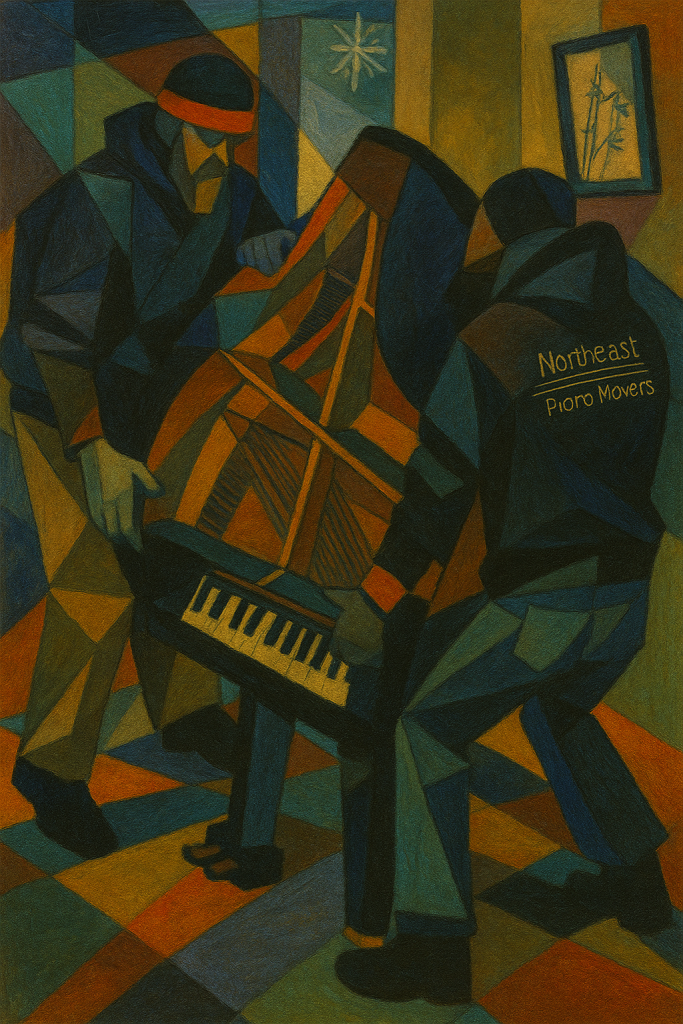
While it’s technically possible to move a piano yourself with enough people and proper tools, ChatGPT does not recommend it. The risks to your safety, your property, and your piano’s condition are simply too high.
Pianos aren’t just heavy furniture — they’re finely tuned instruments that deserve careful, professional handling. If you truly love your piano, trust experienced piano movers who do this every day. They’ll ensure your piano arrives at its destination safely, without the stress, sweat, and risk that comes with doing it alone.
Sometimes, the smartest DIY decision you can make… is deciding not to do it yourself.

